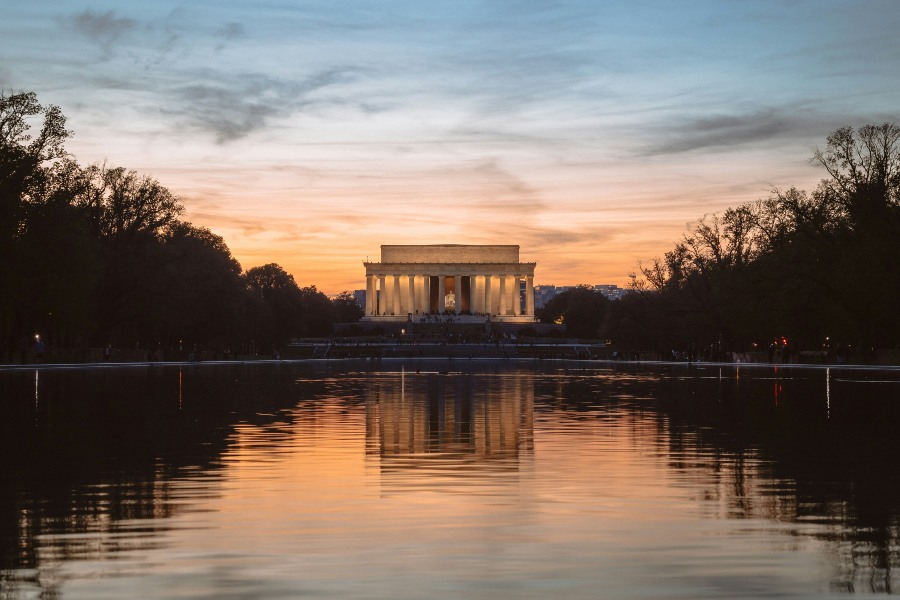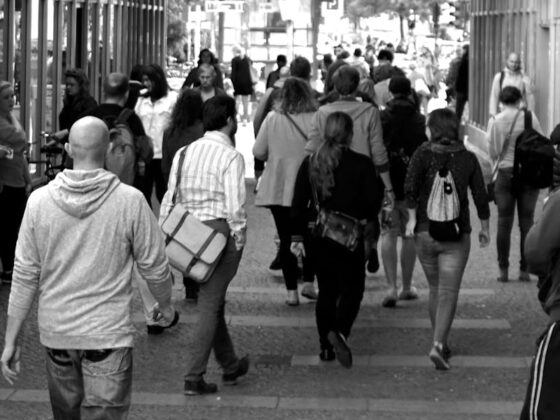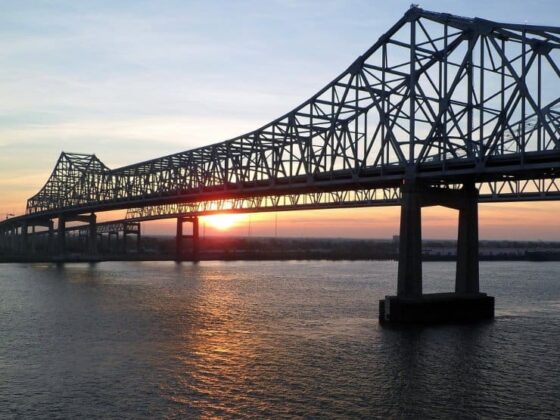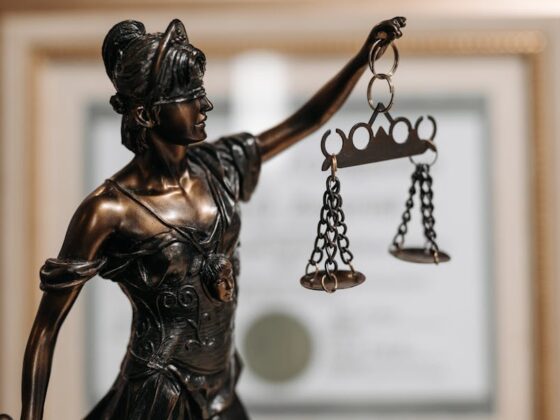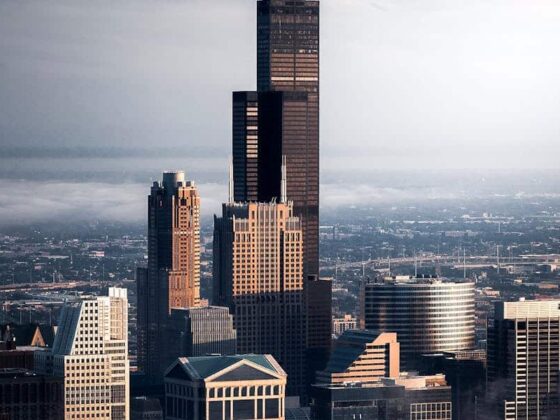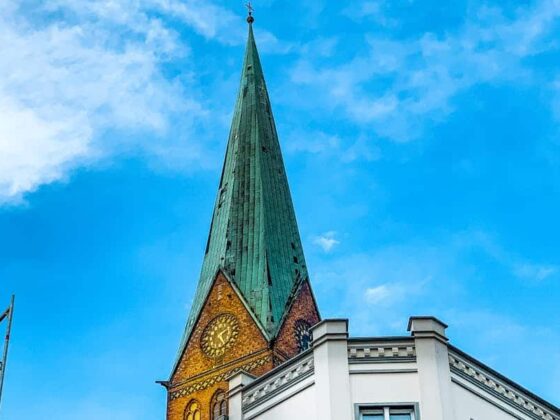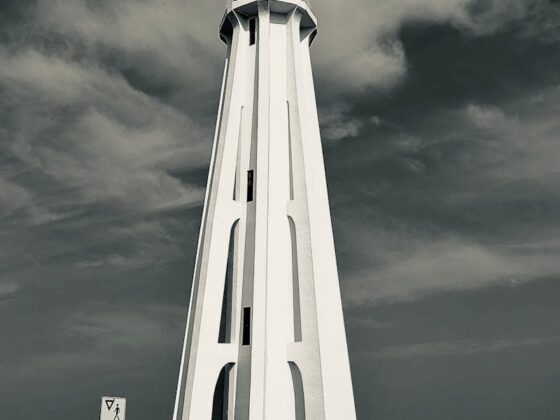Washington, D.C., the capital of the United States, is a city steeped in the nation’s history and culture, where every corner tells a story of the past. The city is home to an array of monuments that serve as silent guardians of history, honoring significant figures, events, and the ideals that have shaped America. From towering memorials to statues quietly residing in parks, these structures are not merely stone and metal; they embody the American spirit and its enduring legacy. This article aims to explore the vast landscape of monuments in Washington, D.C., offering insights into how many there are, their significance, and the stories they hold within their silent forms. Join us as we delve into the heart of the capital to uncover the monuments that stand as testaments to the nation’s journey through time.
How many monuments are in Washington, DC?
The exact number of monuments in Washington, D.C., can vary depending on the criteria used to define a “monument.” However, the city is known to host over 160 monuments and memorials that pay tribute to the individuals and events that have shaped American history. These range from iconic landmarks like the Washington Monument, Lincoln Memorial, and the Vietnam Veterans Memorial to lesser-known memorials scattered throughout the city’s parks and squares. Whether grand or modest, each monument is pivotal in commemorating the nation’s heritage, offering visitors and residents a profound connection to America’s past and present.
The Count: How Many Monuments Are There?
Quantifying the exact number of monuments in Washington, D.C., presents a complex challenge due to the varying definitions of what constitutes a “monument.” Nonetheless, a detailed examination can provide a clearer picture of the monumental landscape of the nation’s capital.
Official Count and Categories: There is no single, definitive count of all monuments in Washington, D.C., as new monuments and memorials can be established, and definitions vary. However, considering the most commonly recognized and officially listed monuments and memorials, one can estimate that the city has over 160 significant monuments. This estimate includes those managed by the National Park Service and other entities.
Presidential Memorials: A notable category of monuments in Washington, D.C., is that of presidential memorials. Prominent are the Washington Monument, the Lincoln Memorial, the Jefferson Memorial, and the Franklin Delano Roosevelt Memorial. These grand structures are dedicated to the memory of the nation’s former presidents and their contributions to the United States.
War Memorials and Military Monuments: War memorials constitute a significant portion of the monuments in D.C., commemorating various conflicts in which the United States has been involved. Key examples include the World War II Memorial, the Vietnam Veterans Memorial, the Korean War Veterans Memorial, and the American Veterans Disabled for Life Memorial, among others. Each of these memorials honors the sacrifice and service of American soldiers and veterans.
Cultural and Historical Monuments: Beyond presidential and military commemorations, Washington, D.C., is home to various monuments celebrating cultural figures, civil rights leaders, and historical events. These include the Martin Luther King Jr. Memorial, the National Native American Veterans Memorial, and statues of historical figures such as Benjamin Franklin and Alexander Hamilton.
Public Art and Lesser-Known Monuments: In addition to the widely recognized memorials, D.C. also boasts an array of lesser-known monuments, statues, and pieces of public art that commemorate a wide range of subjects, from local heroes to international figures and significant historical events. These contribute to the rich tapestry of the city’s monumental landscape but are often not included in the general count due to their sheer diversity and number.
Dynamic Nature of Monument Counts: It’s important to note that the count of monuments is dynamic. New monuments are occasionally added, reflecting the evolving history and values of the United States. For example, recent years have seen the inauguration of monuments such as the Dwight D. Eisenhower Memorial, further enriching the city’s commemorative spaces.
Most Popular Monuments Are In Washington DC
Washington, D.C., is adorned with numerous monuments that embellish the city and serve as pillars of American history and heritage. These monuments, dedicated to presidents, war heroes, and significant historical events, are focal points for visitors and locals alike, offering places of reflection, education, and admiration. Here are some of the most popular and iconic monuments in Washington, D.C.:
Washington Monument:
Standing tall at over 555 feet, the Washington Monument is an iconic obelisk that honors George Washington, the United States’ first president and a Revolutionary War commander. Situated on the National Mall, this monument is visible from various points in the city, symbolizing the nation’s strength and endurance. Visitors can ascend to the top for panoramic views of the capital.
Lincoln Memorial:
The Lincoln Memorial, a majestic tribute to Abraham Lincoln, the 16th president, sits at the western end of the National Mall. Inside, a large seated sculpture of Lincoln overlooks the Reflecting Pool, with inscriptions of his Gettysburg Address and Second Inaugural Address. This memorial is not just a tribute to Lincoln’s legacy but also a site of historical significance, having been the location of Martin Luther King Jr.’s famous “I Have a Dream” speech in 1963.
Jefferson Memorial:
Dedicated to Thomas Jefferson, the third president and principal author of the Declaration of Independence, the Jefferson Memorial features a neoclassical dome and a bronze statue of Jefferson. Located on the Tidal Basin, it is surrounded by cherry trees, offering a picturesque setting, especially during the Cherry Blossom Festival.
Vietnam Veterans Memorial:
This emotionally stirring memorial consists of two parts: The Wall, which is etched with the names of over 58,000 servicemen and women who died in or were missing in action during the Vietnam War, and a bronze statue group of three soldiers. The reflective surface of The Wall invites visitors to look not only at the names but also inward, contemplating the costs of war.
Martin Luther King Jr. Memorial:
Situated along the Tidal Basin, this memorial honors civil rights leader Dr. Martin Luther King Jr., featuring a striking “Stone of Hope” statue extracted from a “Mountain of Despair.” Both elements are inspired by a line from King’s “I Have a Dream” speech. The surrounding inscriptions include excerpts from his speeches and writings, emphasizing his message of justice, democracy, and hope.
World War II Memorial:
Located between the Lincoln Memorial and the Washington Monument, the World War II Memorial honors the 16 million who served in the American armed forces during World War II, the more than 400,000 who died, and all who supported the war effort from home. It features 56 granite pillars arranged in a semicircle around a plaza and fountain, each representing a U.S. state or territory from that era.
Korean War Veterans Memorial:
This memorial features 19 stainless steel statues of soldiers on patrol, representing the branches of the U.S. Armed Forces that served in Korea. A mural wall with photographic images etched in granite reflects the faces of the statues, symbolizing the land they protected. The memorial is a sad reminder of the “Forgotten War” and the sacrifices made by American and United Nations forces.
What Is Not Allowed In National Monuments?
Visiting national monuments in the United States offers a unique opportunity to connect with the country’s natural beauty, historical significance, and cultural heritage. However, to preserve these sites for future generations, there are several restrictions visitors must adhere to. While specific rules can vary depending on the monument due to different ecological, historical, and cultural sensitivities, here are general prohibitions that commonly apply across national monuments:
Visitors are strictly prohibited from removing, disturbing, damaging, or defacing any natural objects, wildlife, plant life, cultural artifacts, or historic structures. This includes the prohibition against collecting rocks, fossils, artifacts, or plants. The principle of “leave no trace” is paramount to ensure that these treasures remain undisturbed for others to appreciate and for ongoing scientific research.
Proper trash and waste disposal are critical in national monuments to protect the environment and wildlife. Littering not only detracts from the natural beauty of these sites but can also harm wildlife and pollute water sources. Visitors are expected to carry out all their trash and dispose of it in appropriate receptacles outside the monument areas.
Feeding wildlife in national monuments is prohibited to avoid altering their natural behaviors and diets. Human food can harm animals and lead to dependency on human-provided foods, making them vulnerable and disrupting ecological balance.
While camping is popular in many national monuments, it is typically restricted to designated areas and may require a permit. Unauthorized camping, especially outside designated campsites, is prohibited to minimize human environmental impact and ensure that these landscapes remain pristine.
To prevent wildfires and reduce human impact, setting fires is generally restricted to designated areas equipped with fire rings or grills, if allowed at all. In many cases, fires are completely prohibited due to the risk they pose to dry and sensitive ecosystems.
Driving off designated roads and trails is strictly prohibited in national monuments. This rule protects the landscape from erosion, plant damage, and disturbances to wildlife habitats. Vehicles must stick to established roads and parking areas to prevent unnecessary harm to these protected areas.
Using drones or other unmanned aerial vehicles is often restricted or prohibited within national monument boundaries. This policy is in place to protect wildlife, especially bird species, from disturbance and to preserve the peace and natural soundscape for visitors.
Any commercial activities, including guided tours, filming, commercial photography, or the sale of goods and services, typically require a special permit. Unauthorized commercial activities are prohibited to ensure that the monuments’ primary focus remains on preservation, education, and non-commercial enjoyment.
Defacing natural features, historic structures, or facilities with graffiti, carvings, or vandalism is strictly forbidden. Such actions not only damage the monument’s integrity but also detract from the experience of other visitors and often result in costly restorations.
While pets are allowed in some national monuments, there are strict rules regarding their presence. These rules include keeping pets on a leash at all times, restricting pets to specific areas, and ensuring they do not disturb wildlife or other visitors. In some sensitive areas, pets may be prohibited from protecting ground-nesting birds and other wildlife species.
Conclusion
The monuments of Washington, D.C., are the physical embodiment of the United States’ rich history, its struggles for freedom and equality, and the enduring spirit of its people. From the towering Washington Monument, which pierces the sky as a symbol of the nation’s founding, to the solemn Vietnam Veterans Memorial, which quietly honors the sacrifices of thousands, each monument tells a part of the American story. These structures are not just stone and metal; they are repositories of national memory, where history is anchored and commemorated. Visiting these monuments offers a journey through the past, reflecting on the nation’s achievements and trials. They remind us of the leaders who have shaped the country’s destiny, the soldiers who have defended its freedoms, and the visionaries who have fought to broaden those freedoms for all. The monuments in Washington, D.C., are a testament to the complexity of the American narrative, celebrating its triumphs while acknowledging its struggles.
FAQ’s
Q. What should you bring when visiting the monuments?
A. It’s advisable to wear comfortable walking shoes and bring water, especially during warm weather. Consider also bringing sunscreen, a hat for sun protection, and a camera or smartphone for photos. During cooler months, dressing in layers is recommended.
Q. Are there restrooms available at the monuments?
A. Yes, public restrooms are available at several of the monuments and memorials, though their locations may only sometimes be immediately adjacent to the monuments themselves. Planning is advisable.
Q. How can you learn more about the history behind each monument?
A. Many monuments have onsite information, plaques, and sometimes visitor centers with detailed exhibits about their history and significance. The National Park Service website and various educational apps offer extensive background information and historical context.
